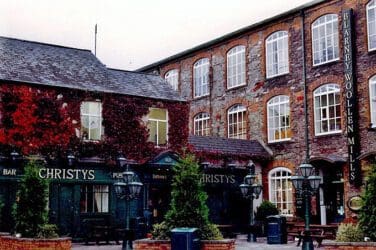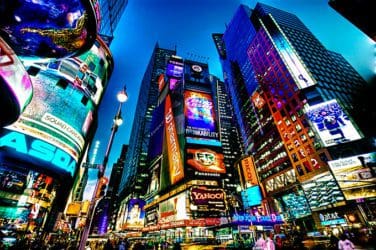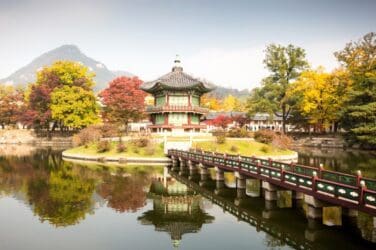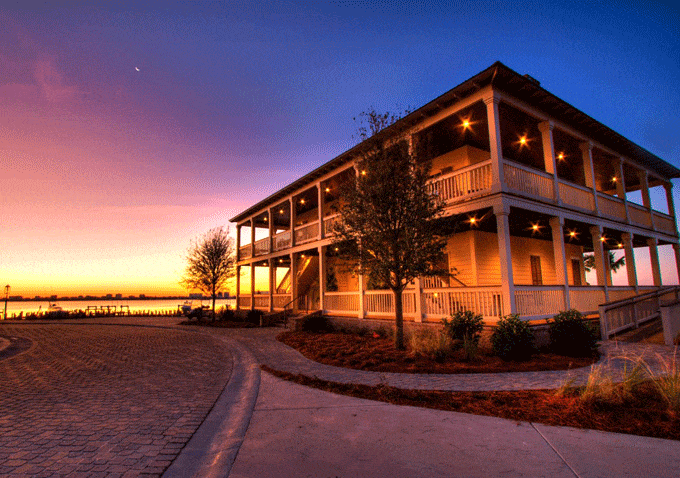words Al Woods
Nothing marks a celebration like a freshly-opened bottle of champagne. A symbol of luxury and style, this delicious bubbly goodness graces our tables every New Year, wedding or even after a long day at the office (hey, this is a judgement-free zone). But has champagne always been a fan-favourite? How did the tradition start? And what even are those bubbles? Let’s find out.
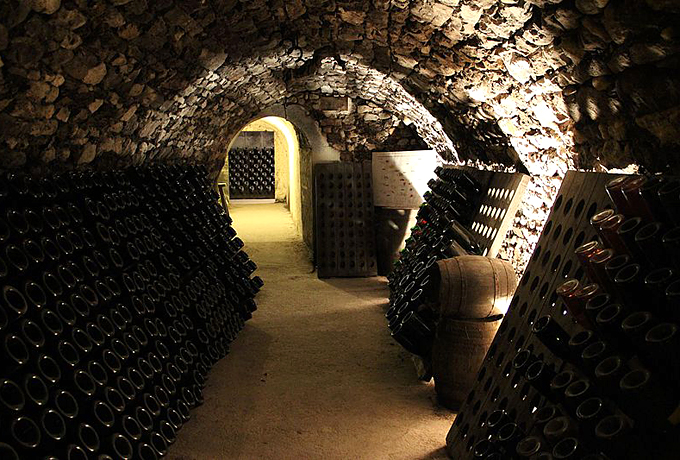
What is champagne?
We all know that champagne is sparkling wine. However, it is a very specific type of it. “Though it shares similarities with other sparkling wines like Italian prosecco and Spanish cava, a wine can only legally be labelled as champagne if it comes from its namesake French appellation, and is made under its rules,” explain the experts at Drinks House 247. “These regulations apply to everything from how the grapes are planted and grown, to the way bottles are labelled and packaged.” In fact, this exclusive labelling has been established since the Treaty of Madrid in 1891, and now the European Union helps protect it.
It is interesting that champagne doesn’t have to consist of a particular grape variety. Instead, many different grape strains are used, such as chardonnay, pinot noir, and pinot meunier. Champagne also isn’t exclusively white, with rosé champagne being a common appearance on wine menus.
When it comes to flavour, champagne can either be very dry or remarkably sweet, depending on the amount of sugar added to it prior to its corking. Extra brut is the driest option, and contains under six grams of sugar per litre added. Brut is slightly less dry, with fewer than 15 grams.
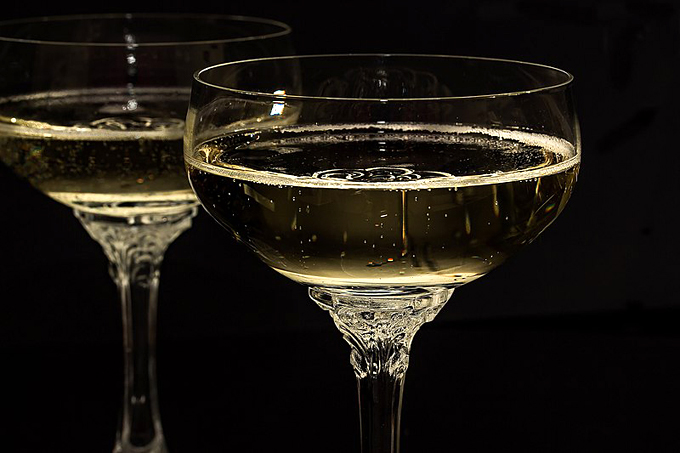
Where does champagne get its bubbles?
As previously mentioned, champagne can only be referred to as such if it is made in the French region of Champagne. This isn’t just a scheme to gain a more luxurious feeling for the product — the grapes grown in the province are distinct. Given its cooler locality as a northern town, there is an appropriate level of acidity in them which is perfect for the champagne-making process. This is joined with the unique soil in the region, thanks to a large earthquake millions of years ago. The ground is porous and chalky, which results in the necessary drainage for the grape vines.
Bubbles in wine occur naturally, and the product of this was historically known as ‘devil’s wine’ or ‘pop-top wine’ (‘vin du diable’ or ‘saute-bouchon’ respectively). This would happen when the wine was bottled too early, before fermentation had concluded, which led to pressure building up inside the bottle. Eventually, either the bottle would explode or the cork would pop. As you can imagine, this is pretty dangerous, as not only did it carry the risk of hitting other bottles, resulting in a wet frenzy of shattered wine containers, but it was also a health and safety hazard for the monks who were making it. Instead of running from the accident, however, the solution was to create a new process that included a second fermentation in order to carbonate the finished wine.
Known as the méthode Champenoise, the grapes are harvested, pressed, allowed to ferment, and then bottled for a second fermentation process. The still wine is supplemented with yeast and sugar in order to activate the fermentation. The yeast feeds on the sugar, creating a creamy, mud-looking layer known as lees (we really hope we didn’t put you off), and the carbon dioxide created combines with the wine to create that bubbly mouthfeel of champagne. The bottles are then laid horizontally and allowed to age on lees for at least 15 months for a non-vintage wine, and at least three years for a vintage.
At this stage, the lees need to be removed. The bottles are turned upside down, as the yeast settles in the neck to be excised. Once this is done, winemakers add dosage — sugar diluted in wine — which determines the level of sweetness of the champagne. The glorious outcome is ready-to-drink champagne, which is then corked and sold.
When was champagne invented?
The truth is, champagne has been around for so long, it’s not entirely clear where and when it was invented. What’s more, the fact that second fermentation was a natural side-effect occurring in some wine bottles makes it even harder to pinpoint a Eureka moment. However, through the ages, the demand for sparkling wine has grown, thanks to the initial rarity of the bottles.
Unwanted fizz
The French region of Champagne has been known for its vineyards for centuries, ever since the Gallo-Roman era. However, like the neighbouring Bordeaux, Champagne is a northern province, meaning a far cooler climate than the other regions where wine is produced. For example, the average annual temperature there is 11°C, compared to the Provence vineyards in the south, where it is over 14°C on average. The cold winters interrupt the fermentation process of the wine, encouraging the production of carbon dioxide gas. Despite their sought-after qualities in the modern age, for hundreds of years, the fizz was considered emblematic of bad wine. It wasn’t only undesirable, it was considered a flaw that was to be actively avoided.
Bubbling up
Those ‘faulty’ wines started to rise in popularity with French royalty in the late 17th and early 18th centuries. This was, of course, prior to the invention of the méthode Champenoise. Hence, most bottles that accidentally went through the process of second fermentation were lost due to the chemical reaction that induced their explosion, making the intact effervescent bottles rare and luxurious in the eyes of the upper class. In 1715, the Duc d’Orléans of the time began serving ‘vin mousseux’ — sparkling wine — as a regular drink at his Paris court. His famous guests enjoyed this unaccessible, aristocratic wine, telling their other wealthy friends about it. Despite its growing reputation amongst the elites, winemakers still saw it as flawed and worked tirelessly to eliminate the fizz from their wine.
The man — and the legend
This leads us to perhaps the most notorious figure in the history of the golden beverage. Dom Pierre Pérignon was a monk who served as the cellar master at the Abbey of Hautvillers, who, according to legend, was the first to realise the power of the bubbles in 1697. He allegedly opened a bottle of inadvertent fizzy champagne, and, like the beginning of any good story, got curious and poured himself a glass. The delicious taste of the sparkling wine delighted him, so he called out to the other monks: “Brothers, come quickly — I’m drinking stars!” He then grew to develop a method to recreate the bubbles, and the rest is history.
Or is it? Although we’re all for a picturesque origin story, unfortunately, there are a few holes in this plot. Pérignon was a real monk, but his job was actually the opposite of what was claimed. As well as being responsible for acquiring new vineyards, he spent his life doing anything in his power to remove the pesky bubbles from his wine, rather than create them. There is no record of him ever making sparkling wine. But perhaps the most conclusive evidence is that champagne existed long before Pérignon was even born. The oldest documented sparkling wine is Blanquette de Limoux, invented by Benedictine monks in Carcassonne in 1531 — over 100 years before his birth. It might be the first reported sparkling wine, but it still can’t be defined as champagne, as it did not follow the modern method of production.
The story of Pérignon originated in the 1800s, when a successor of his at the Abbey — Dom Groussard — tried to raise the profile of Hautvillers by creating this mystifying tale. In his defence, this was successful in generating buzz for their wines. So, he may have not invented champagne, but Pérignon was still a key figure in the wine industry. His work helped champagne become what it is. He came up with the method of using a special blend of skinned red wine grapes, which was a major advancement for the region and, more recently, for the production of champagne. He set up rules around pruning, fermentation, and bottle design that resulted in better conditions and understanding of wine and helped the development of the industry.
English taste
If we want to discover the true origin of champagne, we may have to travel further and beyond the Channel. Elite Londoners were keen on still wines from the Champagne region, with royals ordering them by the case by 1661. In France, sparkling wine was still considered faulty — however, the English developed a taste for it and tried to figure out a way to replicate this accidental process. They made heavy glass containers, used Portuguese cork to stop them, and fortified the wine with sugar, molasses, and spices, managing to prevent explosions — the same method that is now used for méthode champenoise. This culminated in 1662, when English physicist Christopher Merret published a paper on this method for the London Royal Society.
It is difficult to tell whether the English were truly the first to invent champagne. However, it is undoubted that their fondness for the effervescent drink sped up the process of making it what it is today. For example, historians found that certain regions around Europe preferred different types of champagne. Russians and Scandinavians were keen on sweet wine, while the German and the French preferred them drier. The Brits, on the other hand, were always fans of extra dry types. Try to compare an English sparkling wine at the time, containing 22-26 grams of sugar, with the Russian-style 250-330 grams. To this day, Extra Brut champagne is considered more luxurious, which is impacted by the popularity of the drink in Britain.
Regardless of whether champagne is technically English or French, a product of the 16th or 17th century, made by monks or by royals, we know that we will never say no to a nice glass of bubbly.




